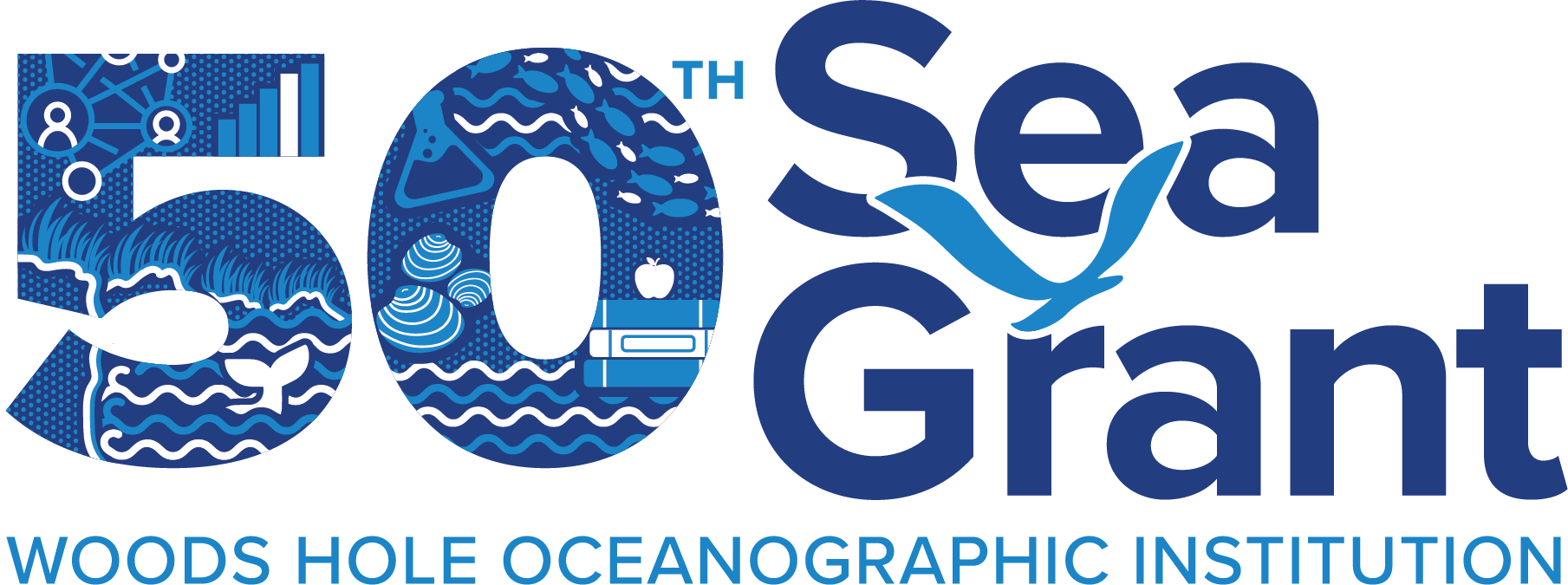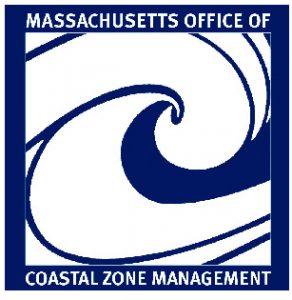
Becoming a beach scientist is a snap. Share your photos from iconic beaches to help us better understand and manage our dynamic coast.
Town Neck Beach
Sandwich, Cape Cod, MA
East- and west-facing CoastSnap cradles are set up at Town Neck Beach in Sandwich. Town Neck Beach has been deprived of material from longshore sediment transport by nearby jetties for over 100 years. This lack of sand input, combined with rising sea levels, has led to the relatively rapid erosion of this section of shoreline. Shoreline protection for homes needs constant vigilance and without active nourishment the barrier beach would not be able to sustain its current location. By documenting the mobilization of the placed sediment, it is possible to show that not all sand eroded from the artificial dune is “lost”. Instead, it is redistributed along the beach and intertidal zone, creating a system more resilient to future coastal storms.
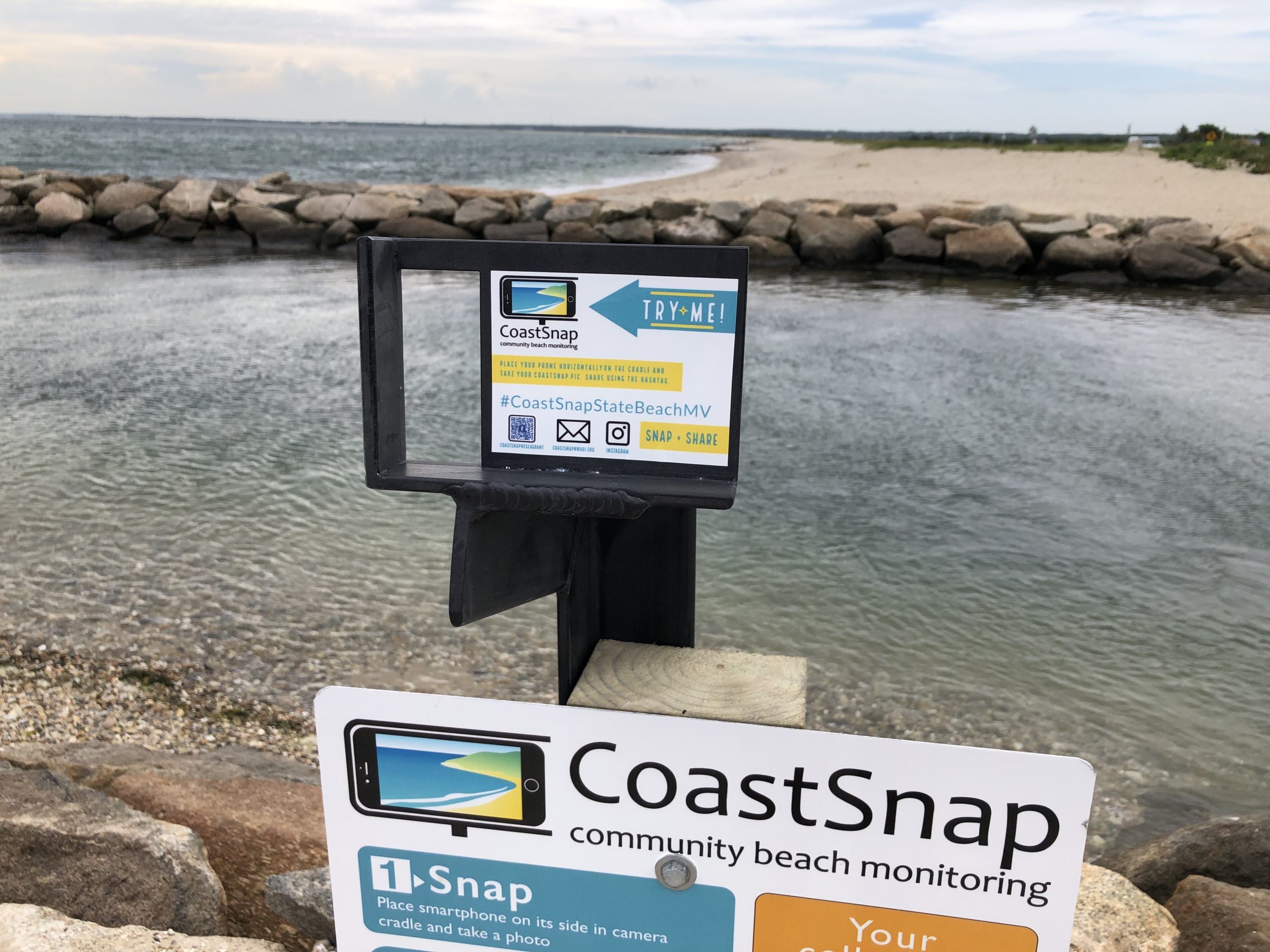
Your snaps will help to improve the way local communities and governments manage our valuable beach environments.
1. Snap.
Place smartphone on the camera cradle and take a photo.
2. Share.
Point your phone's camera at the QR code on the CoastSnap sign to upload your photo using MyCoast app. You may also email your photo to coastsnap@whoi.edu.
Contact
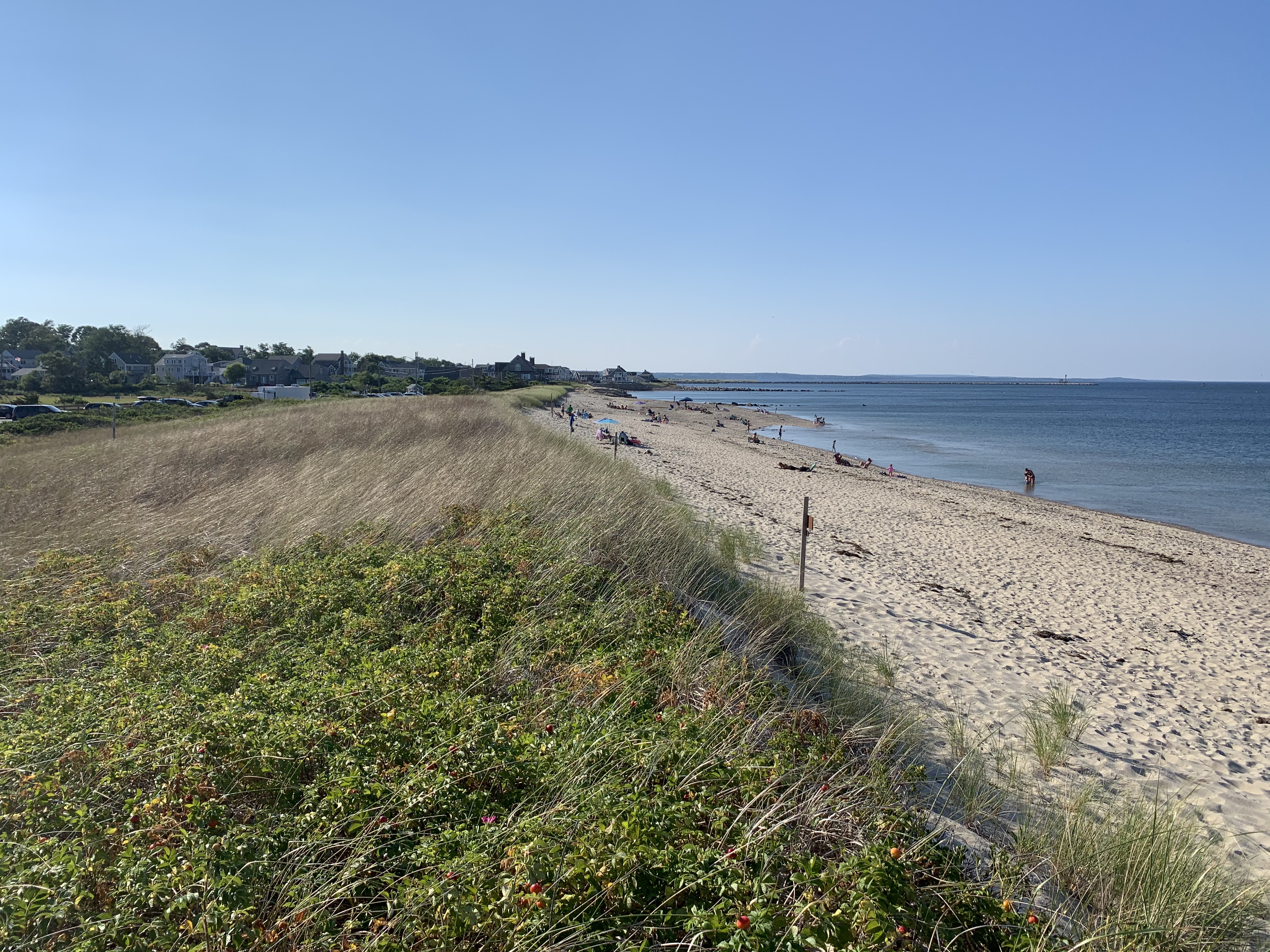
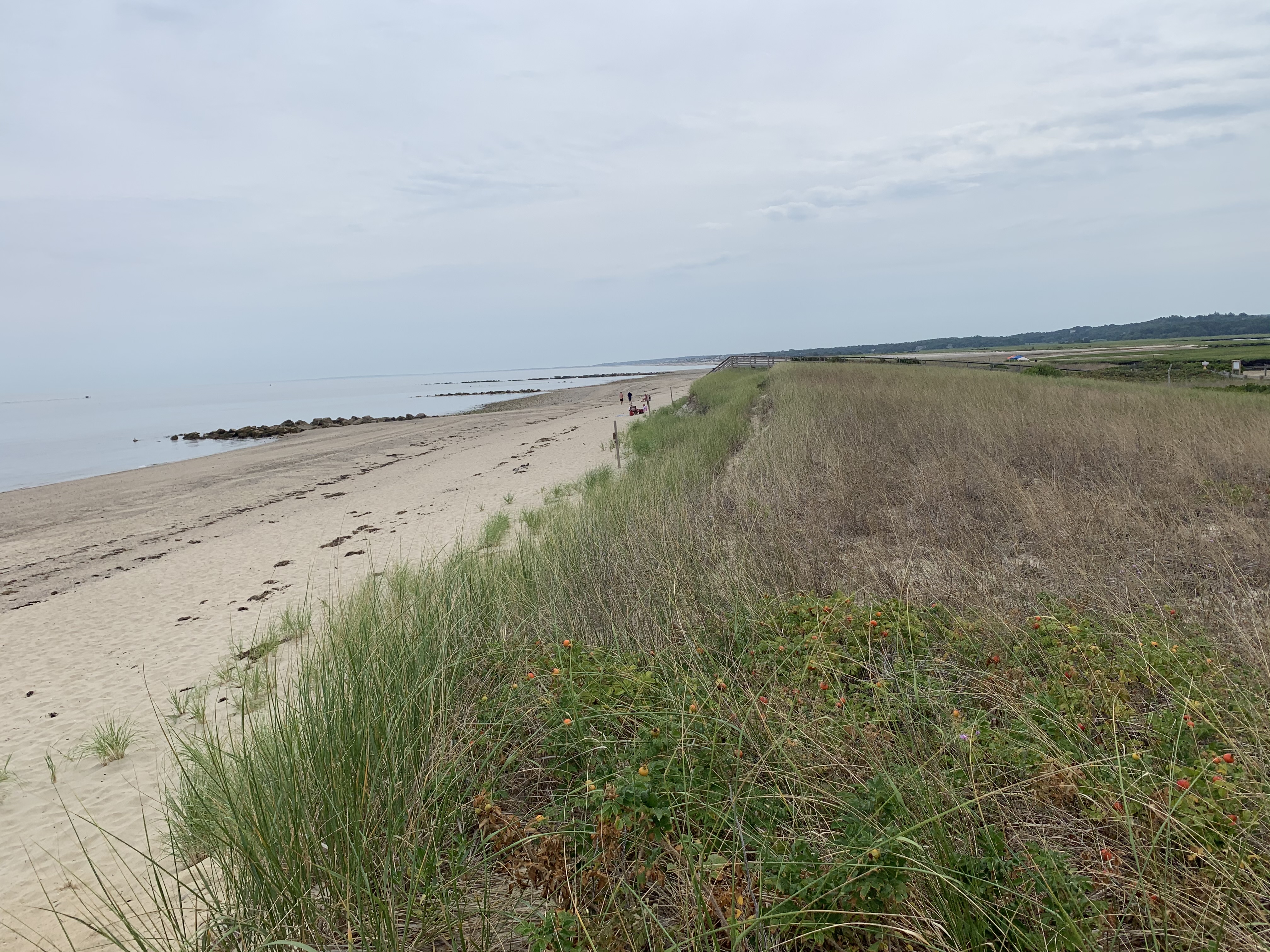
» See all photos from Town Neck West on MyCoast
» See all photos from Town Neck East on MyCoast
State Beach
Oak Bluffs, Martha's Vineyard, MA
"Little Bridge" inlet by Sengekontacket Pond
State Beach is a relatively narrow barrier beach system that has been highly managed for many years. Due to the thin nature of the barrier islands it is not feasible to allow migration of these landforms while allowing road access to this very heavily utilized recreational beach. This CoastSnap was located to allow outreach on the dynamic nature of sediment in the inlet. After the inlet becomes clogged with sand, it is dredged in order to preserved the tidal flushing of Sengekontacket Pond and that material is then distributed along the barrier beach in order to maintain the landform.
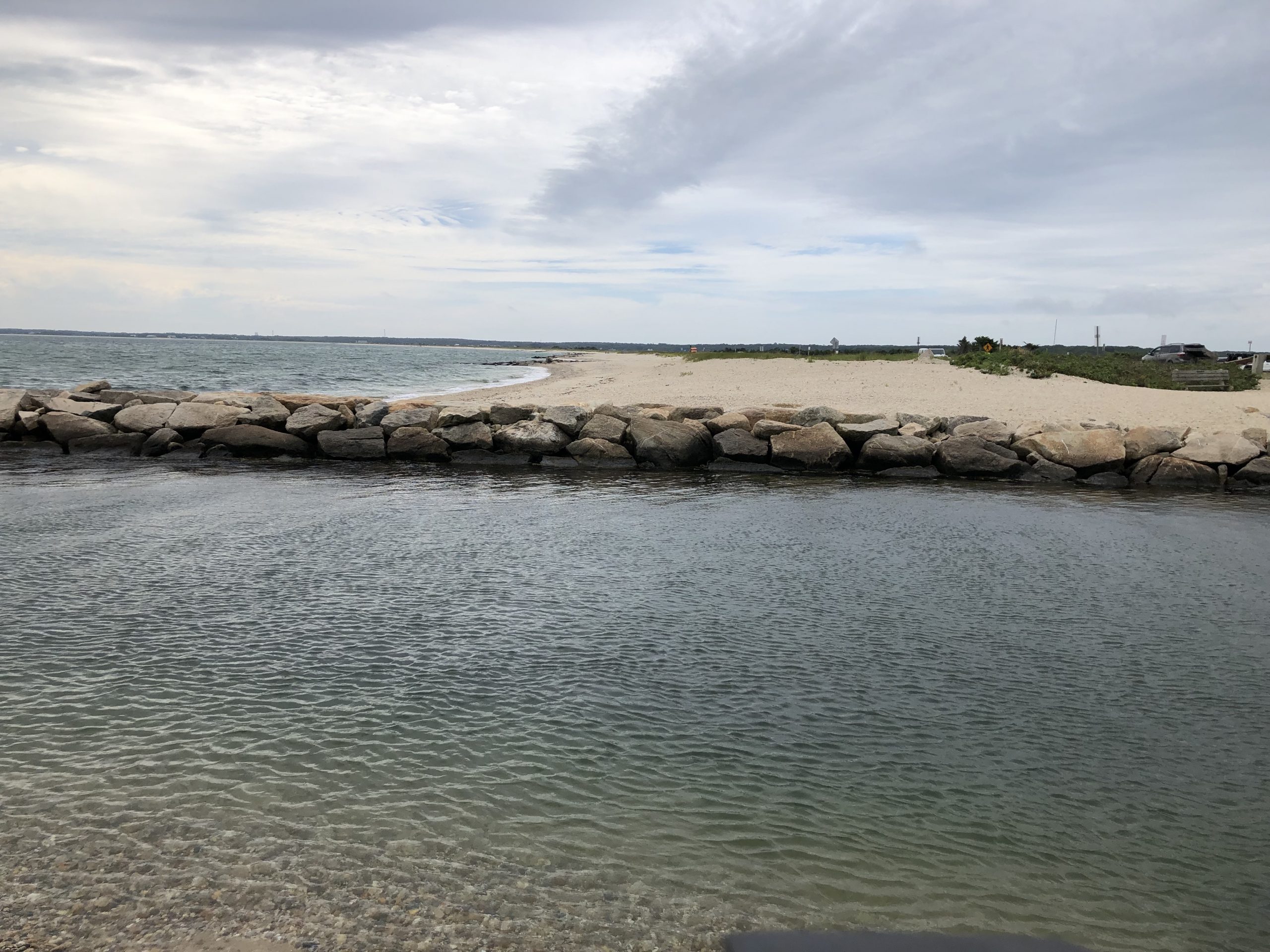
» See all photos from State Beach on MyCoast
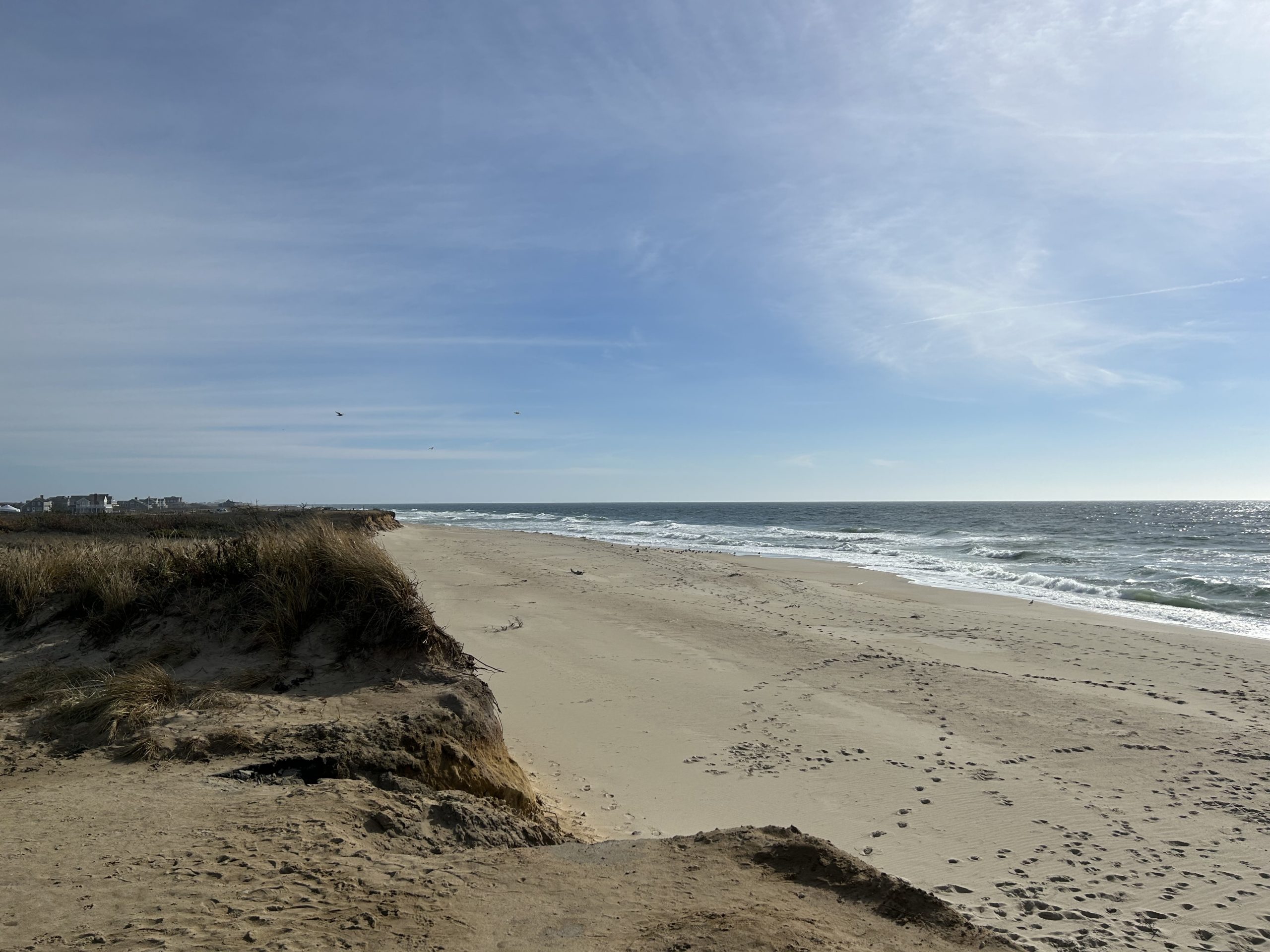
Nantucket has some of the highest erosion rates in Massachusetts. Nantucket’s Coastal Resilience Plan (CRP) has 40 island-wide recommendations to reduce risks of flooding and erosion along our coastline while keeping people safe, promoting healthy and vibrant communities, and honoring the cherished built and natural heritage of Nantucket. If these recommendations are not implemented by 2070, the cumulative expected losses and damages could total $3.4 billion, which far exceeds the cost to implement the CRP.
» See all the photos from End of Hummock Pond Road on MyCoast
With your mobile device and our CoastSnap photo cradles, you can capture a valuable record of the beach state, and share it with the hashtags on Facebook and InstaGram or email. Using your snaps, we are building a community database that provides new insights on beach response to changing weather and wave conditions, and extreme storms. Over time, your CoastSnaps will record erosion and recovery cycles, and any long-term changes, helping us understand why some beaches are more dynamic or resilient than others.
CoastSnap was created by researchers at the University of New South Wales in Australia and can now be found in more than 20 countries around the world. For more information on the global CoastSnap effort, see www.facebook.com/coastsnap/.
